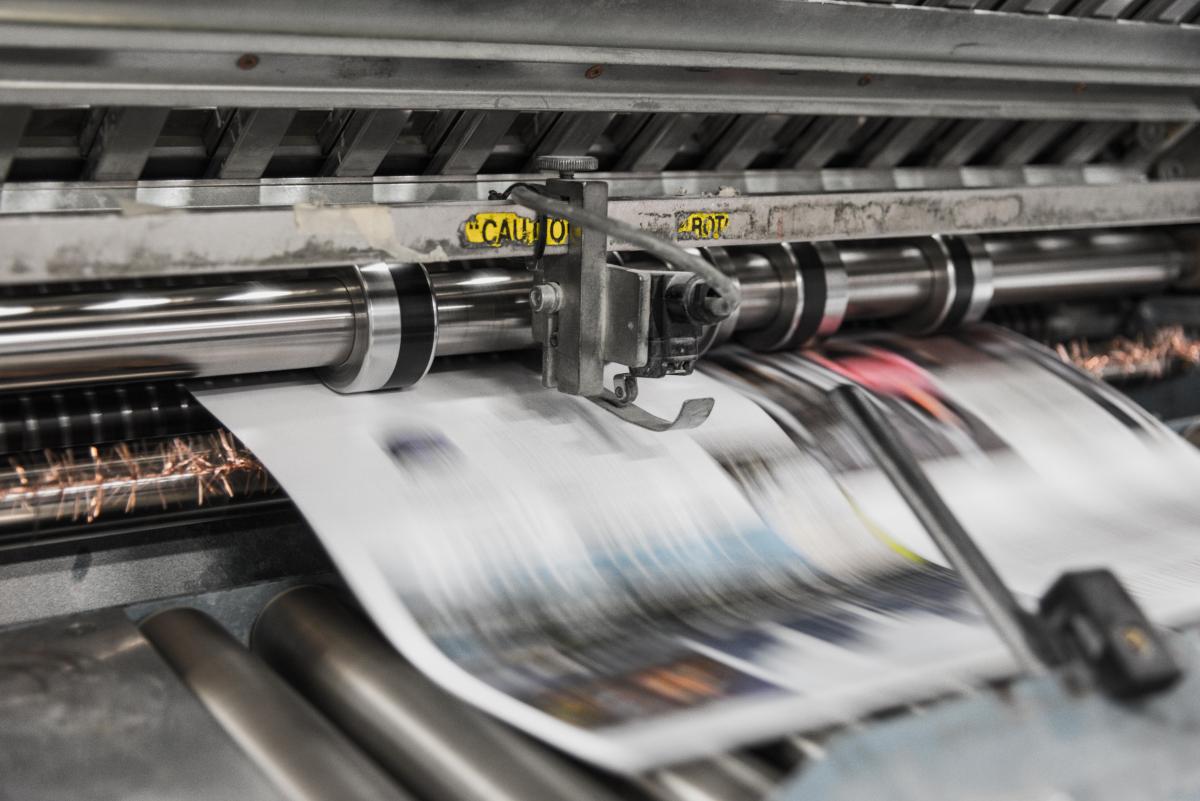In the rapidly evolving world of technology, AI print job optimization is emerging as a game-changer for the printing industry. For marketing professionals, staying ahead in the game requires embracing innovative solutions that enhance productivity and efficiency. This article delves into how AI is revolutionizing print job processes and why it is essential for the future of printing.

Understanding AI in Print Job Optimization
Artificial Intelligence (AI) is a branch of computer science that aims to create machines capable of intelligent behavior. In the context of print job optimization, AI algorithms analyze data and automate complex decisions, streamlining the printing process and reducing errors.
The Role of AI in Modern Printing
The integration of AI in printing offers numerous benefits, including enhanced speed, accuracy, and cost-efficiency. By automating repetitive tasks, AI allows professionals to focus on more strategic aspects of their work.
Benefits of AI Print Job Optimization
Cost Reduction
Implementing AI in printing can significantly reduce costs associated with manual labor and wasted resources. By optimizing print jobs, businesses can lower their operational expenses and increase profit margins.
Improved Accuracy
Manual printing processes are prone to errors, which can be costly and time-consuming. AI minimizes these errors by ensuring precision in every print job, leading to higher quality outputs.
Time Efficiency
With the ability to process large volumes of data quickly, AI enhances the speed of printing operations. This not only saves time but also improves overall productivity.
AI and Sustainable Printing
As the world becomes more environmentally conscious, the demand for sustainable printing solutions grows. AI print job optimization contributes to sustainability by reducing waste and optimizing the use of resources. For more insights on sustainable printing, visit Biodegradable Printing Materials.
Eco-friendly Practices
By optimizing print processes, AI reduces the consumption of paper and ink, leading to eco-friendly practices that benefit the environment.
Implementing AI in Printing
Assessing Business Needs
Before implementing AI, businesses must assess their specific needs and challenges. Identifying areas where AI can bring the most value is crucial for successful integration.
Selecting the Right AI Tools
The market offers a variety of AI tools for print job optimization. Choosing the right tools that align with business goals is essential for maximizing benefits.
Case Studies of AI Success in Printing
Several companies have successfully integrated AI into their printing processes, witnessing remarkable improvements in efficiency and cost savings.
Company A: Enhancing Workflow Efficiency
Company A implemented AI to automate their printing workflow, resulting in a 30% reduction in production time and a significant increase in output quality.
Company B: Reducing Operational Costs
By leveraging AI, Company B reduced their operational costs by 25%, allowing them to reinvest savings into other areas of the business.
The Future of AI in Printing
The future of printing is undoubtedly intertwined with AI. As technology continues to advance, we can expect even more innovative solutions that further optimize print jobs. Learn more about future trends in printing at Future of Publishing Industry.
Emerging Technologies
Technologies like 3D printing and Augmented Reality (AR) are set to revolutionize the printing landscape, offering new opportunities for AI integration. Explore these advancements further at 3D Printing in Manufacturing and AR in Print Media.
Continuous Innovation
Continuous innovation in AI will drive the printing industry forward, offering smarter, more efficient, and environmentally friendly solutions.

Frequently Asked Questions (FAQs)
What is AI print job optimization?
AI print job optimization refers to the use of AI technologies to automate and enhance printing processes, improving efficiency and reducing errors.
How does AI improve print job accuracy?
AI improves accuracy by analyzing data and automating decisions, ensuring precision in print jobs and minimizing human errors.
Can AI contribute to sustainable printing?
Yes, AI can contribute to sustainability by optimizing resource usage, reducing waste, and promoting eco-friendly practices.
For more insights into the future of printing, check out The Future of Print: Emerging Trends to Watch.
This article contains affiliate links. We may earn a commission at no extra cost to you.






